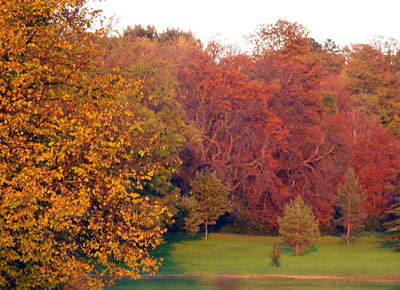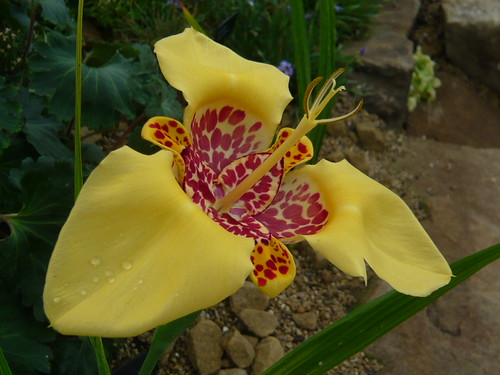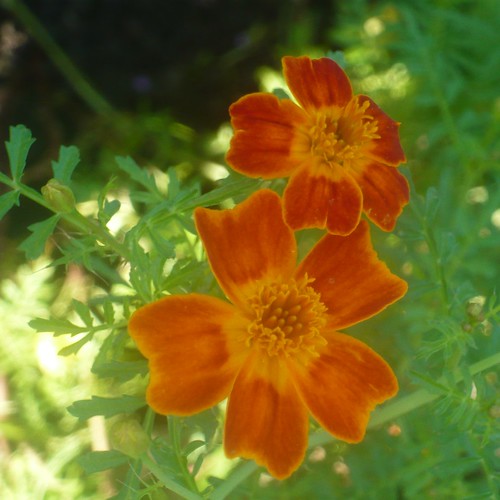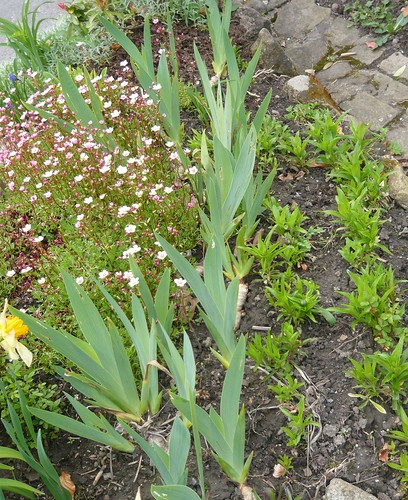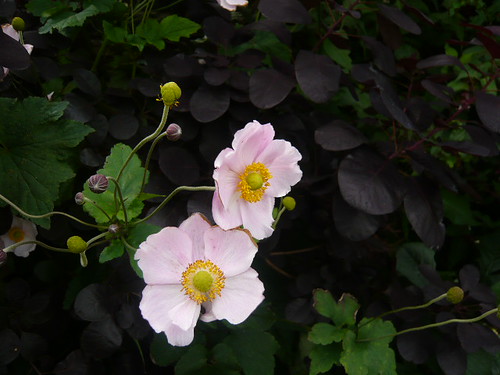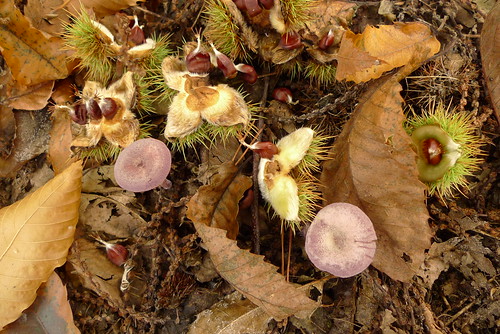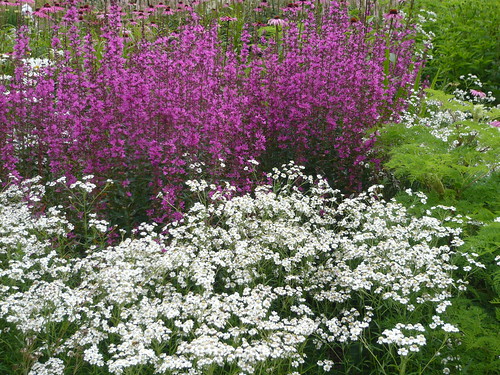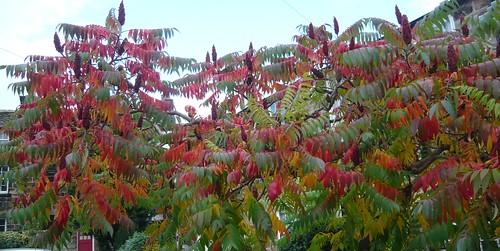Action Tips on November Leaves
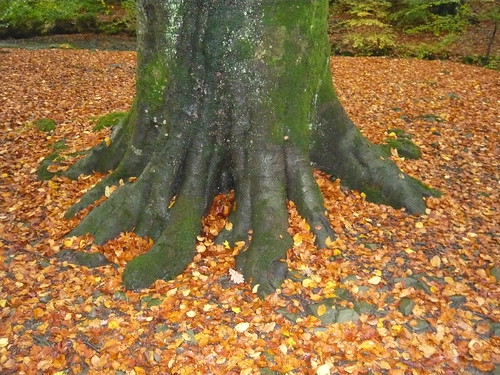
Action on Fallen Leaves
- Clear leaves off lawns or they stifle the grass.
- Pay attention to leaves trapped amongst grey leaved plants. Rotting leaves will also rot grey and silver leaved plants like Cinneraria or Stachys.
- Leaves under bushes and shrubs can be left all winter as they will protect roots naturally through the cold spell.
- Clear excess leaves from drains and gutters to prevent blockages.
- Sweep leaves off paths as they become slippery when wet and decomposing.
- Collect leaves to make leaf mold.
- Leave leaves where they are good for wild life and the environment.
